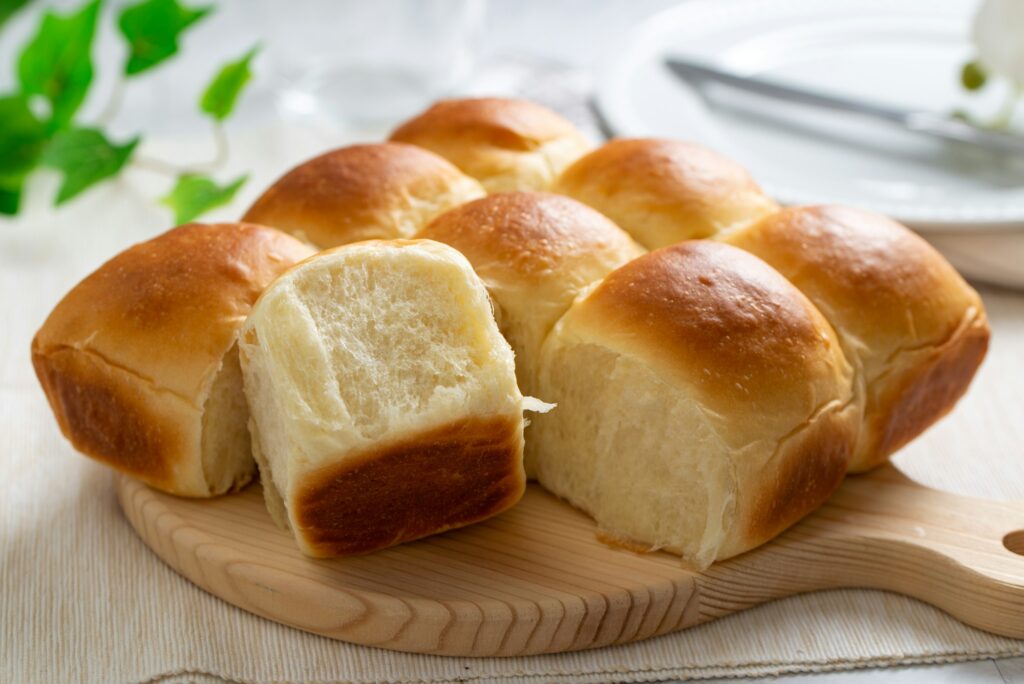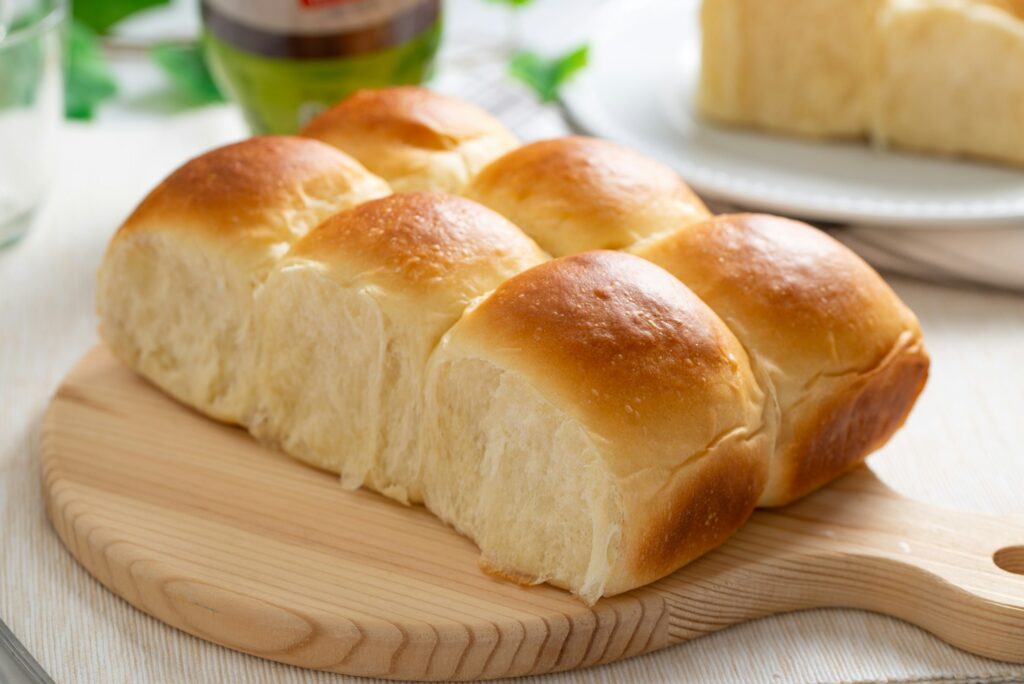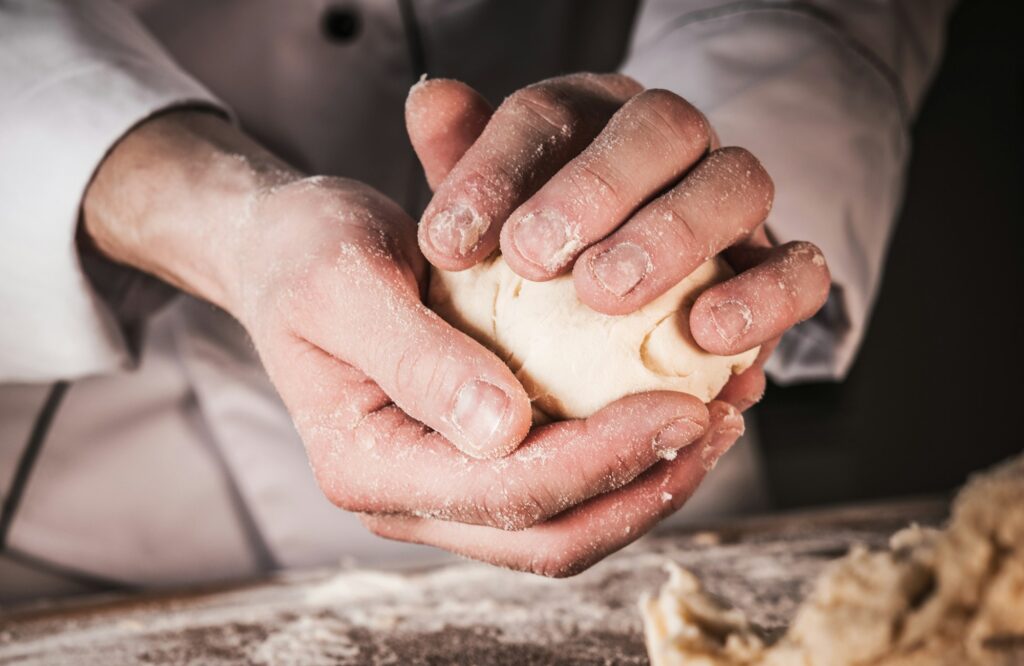The quest for the perfect dinner rolls is a common thread running through the hearts of home bakers everywhere. These delightful, fluffy treasures are the hallmark of a successful meal, often evoking warm memories of family gatherings and festive celebrations. However, achieving that coveted light and airy texture can sometimes feel elusive, leading many to wonder, Why are my dinner rolls not light and fluffy?
A brief overview of common issues reveals that dense rolls can stem from a variety of factors, each playing a crucial role in the final outcome of your baking endeavor. From the intricacies of gluten development to the precision in measuring ingredients, understanding these variables is the first step towards mastering the art of bread making. Whether you’re a seasoned baker or a novice in the kitchen, acknowledging and addressing these challenges can transform your dinner rolls from dense and heavy to light and fluffy.
In this comprehensive guide, we’ll delve into the common reasons for dense dinner rolls, explore the key ingredients and their roles, and offer a step-by-step guide to perfecting your rolls. Additionally, we’ll provide troubleshooting tips and answer frequently asked questions to help you overcome common baking hurdles.
Common Reasons for Dense Dinner Rolls
Old or Expired Yeast
Yeast viability is another critical factor. Using old or expired yeast can result in poor fermentation, as the yeast may no longer be active enough to produce the necessary gases for the dough to expand.
The Impact of Flour Type and Measurement Precision on Dinner Rolls
The journey to baking the ultimate dinner rolls involves careful consideration of both the flour type and the precision of measurements. These elements are pivotal in determining the rolls’ final texture and volume.
Choosing the Right Flour for Light and Fluffy Dinner Rolls:
- The protein content in the flour significantly influences gluten development. While high-protein flours like bread flour yield a chewier texture suitable for artisan bread, all-purpose flour, with its moderate protein content, is often ideal for softer, fluffier dinner rolls.
- Utilizing whole wheat flour can introduce more fiber and nutrients, but it may also require adjustments in hydration to achieve the desired lightness.
Accuracy in Measurements:
- Precise measurements are crucial for maintaining the correct hydration level and ensuring optimal gluten structure. Even slight deviations can significantly impact the dough’s consistency and the rolls’ airiness.
- It’s recommended to use a kitchen scale for measuring ingredients, as it provides more accuracy than volume measurements. This is particularly important for flour, where packing density can vary.
Key Ingredients and Their Roles in Light and Fluffy Dinner Rolls
Understanding the roles of key ingredients in your dinner rolls is essential for achieving that coveted light and fluffy texture. Each ingredient contributes uniquely to the process, affecting everything from taste to texture and rise.
- Flour: The foundation of your rolls, the protein content in flour determines gluten formation. Higher protein flours like bread flour can create a chewier texture, while all-purpose flour offers a balance suitable for soft dinner rolls.
- Yeast: The type and freshness of yeast are pivotal. Active dry yeast and instant yeast are most common, with instant yeast often leading to a quicker rise. Ensure your yeast is fresh to guarantee its effectiveness in gas production.
- Liquids: Whether it’s milk or water, the liquid component hydrates the flour, activating the gluten and yeast. Milk enriches the dough, contributing to the softness and flavor of the rolls. Ensure liquids are at the right temperature to optimize yeast activity.
- Fats: Butter and oil not only add flavor but also tenderize the dough, contributing to a softer crumb. Fats coat the flour proteins, reducing gluten formation for a tender bite.
- Sugar: Beyond sweetening, sugar feeds the yeast, accelerating the fermentation process. It also helps brown the crust, adding to the rolls’ visual and textural appeal.
Balancing these ingredients is crucial. Too much flour can make the dough tough, while excessive liquid can lead to sticky dough that’s hard to shape. The right amount of fat and sugar enhances flavor and texture without weighing down the dough.
Step-by-Step Guide to Perfect Light and Fluffy Dinner Rolls
Achieving light and fluffy dinner rolls is a meticulous process that rewards patience and precision. Here’s a guide to ensure success:
- Mixing Ingredients: Start by evenly mixing the dry ingredients before incorporating the liquids. This ensures that the yeast is well-distributed and the flour is fully hydrated.
- Kneading: Knead the dough until it’s smooth and elastic. This develops the gluten, which is essential for trapping the gases released by the yeast. The windowpane test can help determine if the dough has been kneaded enough.
- Proofing: Allow the dough to rise in a warm, draft-free environment until it doubles in size. This first rise is crucial for developing flavor and texture.
- Shaping: Divide the dough into equal portions and shape them into rolls. Uniform size ensures that they bake evenly.
- Second Rise: Let the shaped rolls rise until they’re puffy. This final proof sets their final size and contributes to a lighter texture.
- Baking: Bake in a preheated oven until the rolls are golden brown and sound hollow when tapped. Avoid opening the oven door too often, as this can cause the rolls to deflate.
Troubleshooting Tips for Light and Fluffy Dinner Rolls
Q: Why does my dough not double in size during proofing?
A: Several factors could be at play. The most common include the yeast being too old and no longer active, the room temperature being too low for the yeast to work effectively, or the dough not being allowed enough proofing time. Ensure your yeast is fresh, the dough is kept in a warm environment, and you give it enough time to rise properly.
Q: Can I still bake my rolls if I accidentally killed the yeast?
A: If you suspect the yeast was killed (perhaps by mixing it with liquid that was too hot), the dough will not rise as expected. While you can still bake the dough, the resulting rolls will be dense rather than light and fluffy. It’s often better to start over to ensure the best outcome.
Q: How can I tell if my dough is kneaded enough?
A: Perform the windowpane test: take a small piece of dough and stretch it between your fingers. If it can stretch thin enough to let light through without tearing, the gluten is well-developed, and your dough is kneaded enough.
Q: What adjustments should I make for baking rolls in a humid climate?
A: High humidity can affect how much water your flour absorbs. You might need to slightly reduce the liquid in your recipe or increase the flour to achieve the right dough consistency. Start with small adjustments, as too much alteration can lead to other issues.
Conclusion: The Joy of Perfect Light and Fluffy Dinner Rolls
Embarking on the journey to bake the perfect dinner rolls can be both a challenge and a delight. Through understanding the common reasons for dense dinner rolls, such as inadequate kneading, incorrect proofing time, and improper ingredient temperatures, home bakers can start to unravel the mysteries behind their baking woes. By adjusting techniques and ensuring that key ingredients like flour, yeast, liquids, fats, and sugar are used correctly, the path to light and fluffy dinner rolls becomes clearer.
Remember, baking is as much about the process as it is about the final product. Each attempt, whether successful or in need of improvement, is a learning opportunity. Embrace the experimentation, adjust based on experience, and don’t hesitate to try new variations. The satisfaction of pulling a batch of golden, aromatic dinner rolls out of the oven is unmatched. These moments of joy, shared with family and friends over a meal, make every effort worthwhile.
In the end, the quest for the perfect dinner roll is more than just about baking—it’s about the warmth, the shared experiences, and the simple pleasures that homemade bread brings to our lives. So, continue to knead, proof, and bake with passion, and relish in the delicious rewards of your labor. The perfect light and fluffy dinner roll is within your reach, ready to elevate your meals and enchant your taste buds.



